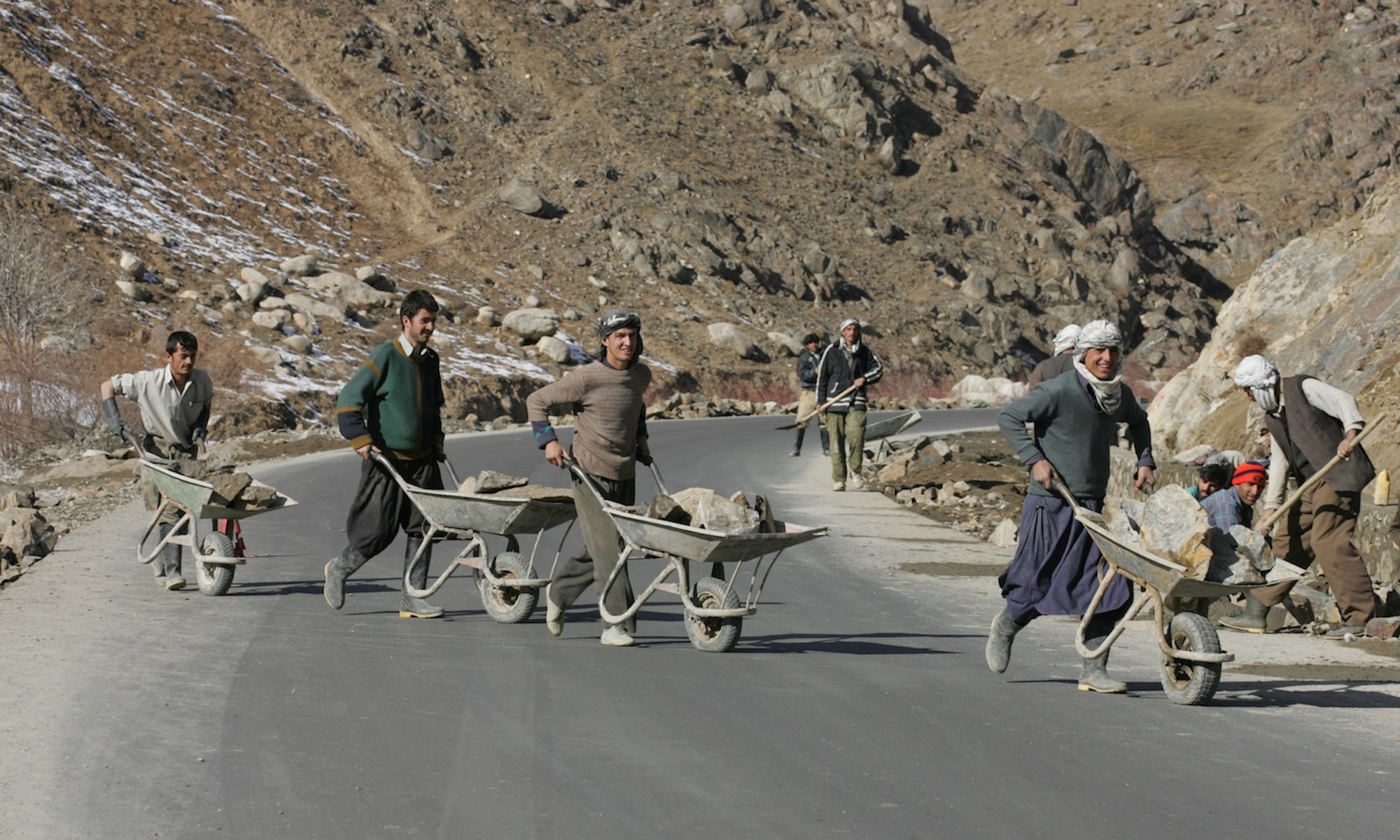This article juxtaposes donors’ analyses of state failure and strategies of post-conflict statebuilding in Sierra Leone with actual processes of state-formation. It argues that international state-builders’ analytical and policy frameworks are built on stylized assumptions about how states form and operate influenced by ideas derived from neoclassical economics. They focus on individual decision-making and functionalist formal institutions and provide a-historical analyses that fail to comprehend long-term state-formation. Interveners need to broaden their conceptual toolbox by paying more attention to local power structures, informal institutions and historical path dependency. Such a deeper analysis would encourage reflection on whether and how social change can be influenced by external intervention and allow donors to evaluate their statebuilding activities more honestly. This would raise important questions about the mismatch between interveners’ ambitious goals and modest tools.

INSCT Postconflict Research Database
The Institute for National Security and Counterterrorism's Postconflict Research Database & Analysis Project stores cross-indexed bibliographic information on hundreds of journal articles, books, book chapters, and case reports that address the broad, interdisciplinary fields of postconflict reconstruction, stabilization, and peacebuilding.
34 Replies to “What You See is What You Get: Analytical Lenses and the Limitations of Post-Conflict Statebuilding in Sierra Leone”
Comments are closed.